You might have heard about the flute, a popular musical instrument. But you might not know about its several different types that produce various soothing sounds.
This post will discuss the different types of these woodwind instruments and see what other purposes they serve. So, here’s everything you need to know about this instrument.
What Are Flutes & What’s Their History?
A flute is a woodwind instrument that produces beautiful and comforting sounds. They are different from other woodwind instruments like reeds. You have to blow across the opening of these flutes to create a sound.
It is a pretty simple instrument that you can conveniently play as you hold it in your fingers, blow from your mouth, and open and close the keys to create different sounds.
Flutes have a pretty long history as they are the oldest sound instrument globally. Artifacts associated with these flutes date back to the ancient stone age period.
Greeks, Egyptians, and Sumerians have used this musical instrument. However, these people used a flute similar to a recorder, not the transverse flutes we see today.
A simple transverse flute with holes found in Etruscan carvings in the 1st to 4th Centuries. During the Renaissance and Middle Ages, people used simple wooden flutes with folk and military music holes. These have never been featured in musical works as they have issues with intonation and complicated cross-fingering design.
In the 19th Century, flute makers altered the design, diameter, and size of tone holes, added new keys, and split the musical instrument into three pieces.
The design of this musical instrument was revolutionized by Theobald Boehm, a goldsmith who was also a musician. He used pins and rods with springs to ensure the simultaneous closure of different keys. So, Boehm made the instrument much easier to play.
Let’s dive in further to learn about the different types of this instrument.
The Different Types of Flutes
Flutes have different types, and they are all different in what sound they produce. The family of flutes comprises Piccolo, Bass Flute, Alto Flute, Eb Soprano Flute, Wooden Flute, Plastic Flute, and C Flute.
Concert Flute
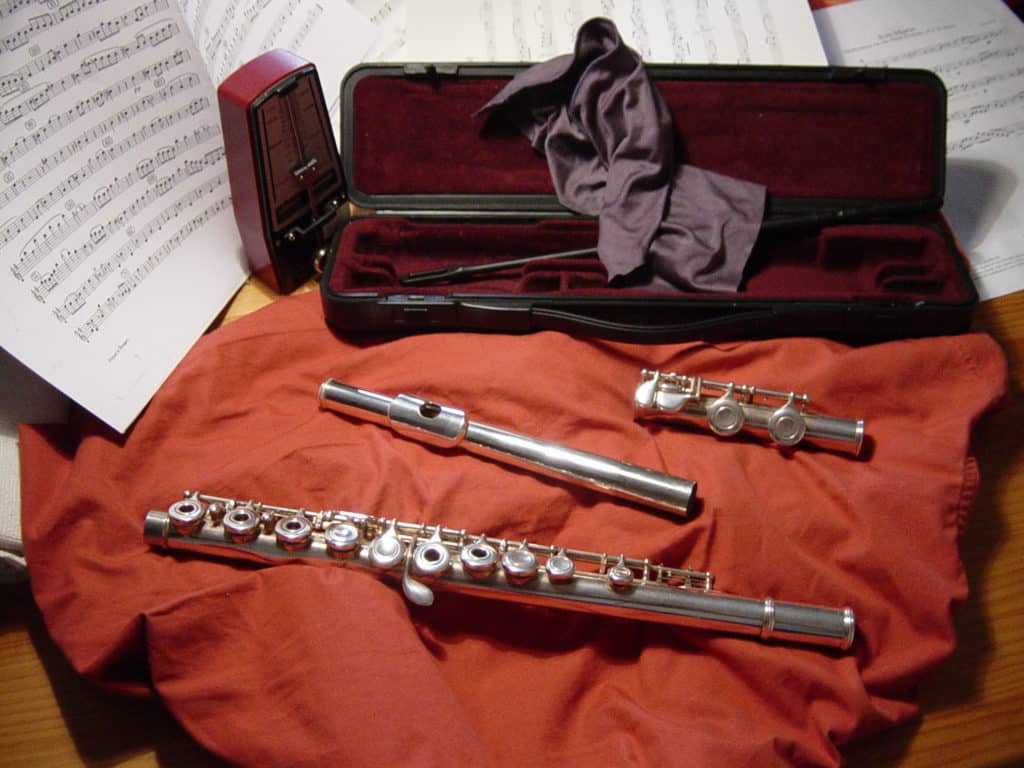 It’s the most commonly used flute type and the most popular type in the flute family. Many flutists play this flute more often as it is the most common and ideal type. Therefore, if you want to become a flutist yourself, you should begin with this type of flute.
It’s the most commonly used flute type and the most popular type in the flute family. Many flutists play this flute more often as it is the most common and ideal type. Therefore, if you want to become a flutist yourself, you should begin with this type of flute.
It is the most frequently used flute in different orchestras, marching bands, and jazz bands. You can also use it for solo voice. This Is where the soprano came from, as this flute is an ideal choice for solo performances.
Concert flute or C flute can also work well with most band instruments, excluding the oboe. Again, their octaves are different, and C flutes weaken as oboes weaken. But oboes tend to become timider when the C flute gets bolder at high ranges.
A concert flute can be pretty inconsonant in unison with an octave and bassoon. Its timbers can produce relaxing and soothing sounds, even if they seem similar.
The Piccolo
This is the smallest member of the flute family, and you can’t compare it with the concert flute in terms of its size or length. It is also the second most recognizable type in the flute family. It is a descendant of the military family that was used in the Middle Ages, and that’s why you see this flute in so many military marches.
Apart from that, this type was developed in the 18th Century, and it has a similar history to what we know about the flute. In the beginning, it was used to extend the range of the flute. And whenever you need to go higher with the notes, they would use the Piccolo while the flute continues to produce its harmony below.
Back then, composers used Piccolo to add melody to flute music. But in modern times, composers use this flute regularly in their opera and orchestral music.
This type of flute adds brilliance as you can create sharp and high sounds that can even be heard in a storm and create tranquil sounds in unison.
However, this flute might sound shrill, and it undermines its reputation. Moreover, when playing, it might seem a bit more complex compared to other types of flutes. This flute features a smaller embouchure hole, requiring a faster air stream. Turning to higher sounds from lower wavelengths can also be difficult in this flute.
It only has a head and a body joint due to its small size. Most Piccolo makers use silver, wood, plastic, and various other materials to construct this flute. For the best performance, you should focus on the wooden Piccolos as they are best for orchestral music and have a rounder sound.
Alto Flute
Alto flutes tend to produce a mellow but distinct sound whenever you play them in their lower pitch. This flute has a longer and thicker body, and its design allows it to price that alto sound. It enhances the overall dynamics of your lower tones when you are playing. But you must understand you need excellent blowing power to play this flute.
Just like other types of flutes, this flute also has gone through a range of different variations. Modern flutes tend to create more dynamic and high-quality sounds than their predecessors. And this is all due to the constant improvements that this type has gone through over the years and decades.
The developers of this flute have added sounds such as Bb, Ab, G, F, Eb, and C during the different stages of development it has gone through. But some composers find it hard to play because it has a scratching length of keyholes and embouchure sound.
Due to Boehm’s continued developments and contributions, the alto has developed the C sound that resembles the A flute and the alto we see today.
It produces a sound G below the C flute and can transpose the music, meaning the alto sound is one-fourth under C. Playing the C flute requires a very relaxed embouchure and allows a gentler air stream in the C flute.
Alto has its keys spread well apart; you can’t do quick fingering with it. These flutes tend to produce a mellower sound compared to C flutes. Therefore, its sound has more mysterious and intriguing effects. You can also cover the sun with deeper color tones even without speed.
Bass Flute
This is the least popular type of flute because it’s the least played type of this musical instrument. It might be an unpopular flute, but it produces various sounds. You can also reach full octaves, especially when comparing them with C flutes.
As it is large, this flute is pretty challenging to play. But bass flutes Trusted Source Bass flute - Wikipedia The bass flute is a member of the flute family. It is in the key of C, pitched one octave below the concert flute. Despite its name, its playing range makes it the tenor member of the flute family. en.wikipedia.org tend to vary in size up to some degree. Some tend to be 50-inch in size, while the longest ones are up to 60-inch in length.
Music composers have tried to accommodate the large size of this flute and its weight. Most models have a U-bend right at their head, while others come with dual bends in the head joint, and their finger holes tend to extend vertically.
Due to configuration, you can find bass flutes that seem like saxophones. But the primary difference is that you can create sounds by blowing air across its embouchure hole instead of directly into the instrument. This is the case with the saxophone. You might also find some models with a fluted tube that diagonally goes right under the embouchure holes.
It also features a brace that acts as a resting place, and you can place it on your thighs as you play the flute. This brace also provides support when you are carrying this heavyweight instrument.
It is large, so it is the least popular of all types of flutes and other musical instruments. Still, a bass flute is played occasionally in a flute ensemble or even in orchestral music.
Eb Soprano Flute
It is also famous as the Tierce Flute, and it is the only kind of flute that cannot pitch in C or G. Therefore, it is a special member of the flute family. This flute is pitched in Eb, and it is a minor third above other types of flute-like the C flute. Its pitch key is also pretty similar to alto saxophones and baritone.
Therefore, this flute is frequently used by saxophone players. Finding this flute is pretty tricky in the modern day. So if you find any, they are older ones. It produces a sound similar to the C flute, and you will need an almost similar technique to play this flute as you would need for playing a C flute.
Wooden Flute
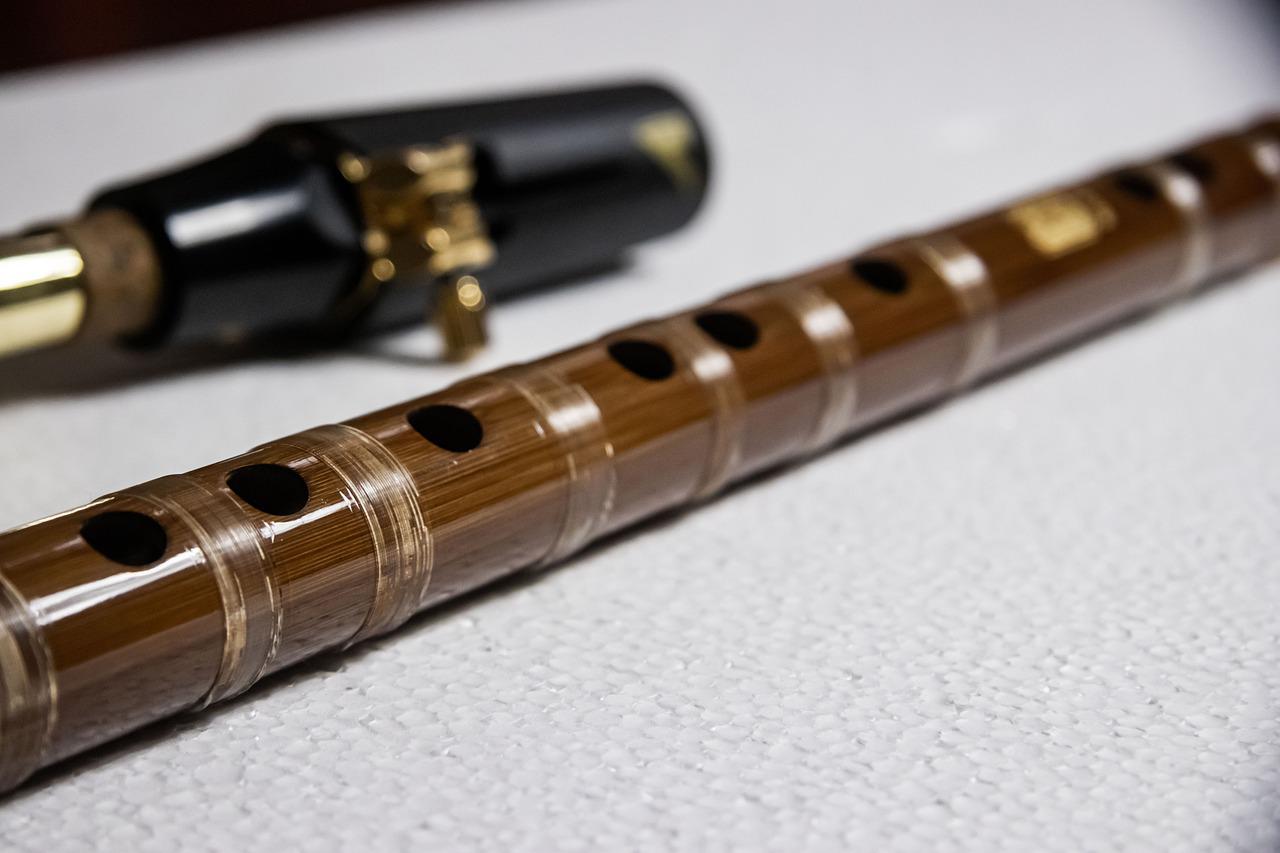 Wooden flutes are made of wood and have other different types. You can also call them Native American flutes, which sound similar to a metal flute. The sound seems sharp, focused, and clean as you would expect from a metal flute. But they have a slightly mellower and earthy sound that is milder. It is because of the wooden head joint and not a metal head joint.
Wooden flutes are made of wood and have other different types. You can also call them Native American flutes, which sound similar to a metal flute. The sound seems sharp, focused, and clean as you would expect from a metal flute. But they have a slightly mellower and earthy sound that is milder. It is because of the wooden head joint and not a metal head joint.
As we have just mentioned, there are different types of wooden flutes. These include the likes of rim-brown flite, directly-blown flute, side-blown flute, and an end-blown flute. The names of the flutes are based on the opening location where you blow wind into this musical instrument to create sound.
Plastic Flute
The plastic flute is a top choice for learners and kids. If you are a flute enthusiast and your kids want to follow in your footsteps and learn to play flutes, you must go for plastic flutes.
It’s a real deal for kids as it has a first-note mouthpiece. With this mouthpiece, your kids can produce good sounds from this instrument, even if they are playing it for the first time. This design features various interchangeable parts, and your kids can learn how to play flutes in a better way.
Beginners can easily use this type of flute as they can progress with their flute playing skills. These flutes are also pretty lightweight and are cheap. You can buy them in different colors, and cleaning and maintenance are never a problem with these flutes. Furthermore, these flutes are pretty durable, thanks to their plastic construction.
The Contrabass, Subcontrabass & Double Contrabass Flutes
The biggest flute is the double contrabass flute, also known as octobass. It is made of metal, and it’s bigger than a hyper bass but still has the lowest pitch.
This huge instrument measures eight feet in height, and its tubing can be up to 22 feet. The instrument can weigh around 30 pounds. Other types of flutes that can come near to the double contrabass flute in terms of pitch and size are sub-contrabass and contrabass flutes. These tend to vary anywhere from 9 feet to 11 feet in size.
Other Types of Flutes
There are some other types of flutes that have been used in various regions across the globe over the years. These are as follows:
Baroque Flute
This flute has a highly flexible and supple sound and can exceptional nuances of flips and dynamics from one registrar to another. Its best feature makes it a much easier option than the original or modern flute.
These flutes are wood, particularly grenadilla, ebony, or boxwood. And they have a conical bore that is wider at one end and has an embouchure hole. Then, it tapers to become even more narrow right at the bottom.
Still, its sound differs from the modern flute across the entire range. Some notes don’t even have the same kind of timbre as their notes; to cope with this, most modern flutes come with a key for each accidental. So, its flute has G and E major keys and sounds pretty nice.
Bansuri
Most people have a misconception that a bansuri is a different musical instrument than a flute. But it is a type of flute and features a hollow shaft made of bamboo. It can either be fipple or transverse. But the transverse variant is more popular in Indian classical music. It has six to seven holes based on its size and pitch.
However, it differs from a concert flute as the latter has more jets and holes. That is the Amish reason why most people think that a bansuri is different from a flute.
It is not that easy to learn, but it has a soothing sound. You must blow air into the cavity and control the sound by covering and uncovering the holes with your fingers.
Dizi
A dizi is a Chinese flute, slightly different from the traditional C flute. It has a unique hole in addition to the finger and blowing holes. In Chinese, this unique hold called a mo kong (in Chinese) is located on the flute right between the finger holes and the embouchure.
A membrane hole allows you to control different sounds and add more variations. The size has 6 finger holes, a blowhole, and a membrane hole we just mentioned. This instrument is relatively easy to learn, but the membrane hole is the most difficult part to control.
It is also made of bamboo, and you have to play it horizontally, just like its western counterpart. This flute usually comes in two attached pieces, as if you have assembled a recorder.
It makes a bright and resonant sound, and a slight humming tone is also evident. It can imitate the sounds of nature, and this is where that membrane hole comes into play.
Shinobue
A Shinaobue flute is a Japanese transverse flute with a distinct high-pitched sound. You can find this flute in nagauta and Hayashi ensembles, and it plays a significant role in kabuki and noh theater music.
You can also hear it in Shinto music, including Kagura-den, and it regularly appears in various traditional folk songs in Japan. There are two different styles of this flute; Uta and Hayashi (song and festival), where the Uta flute is more tuned to the western style. You can play it in various ensembles, which is a good solo instrument option.










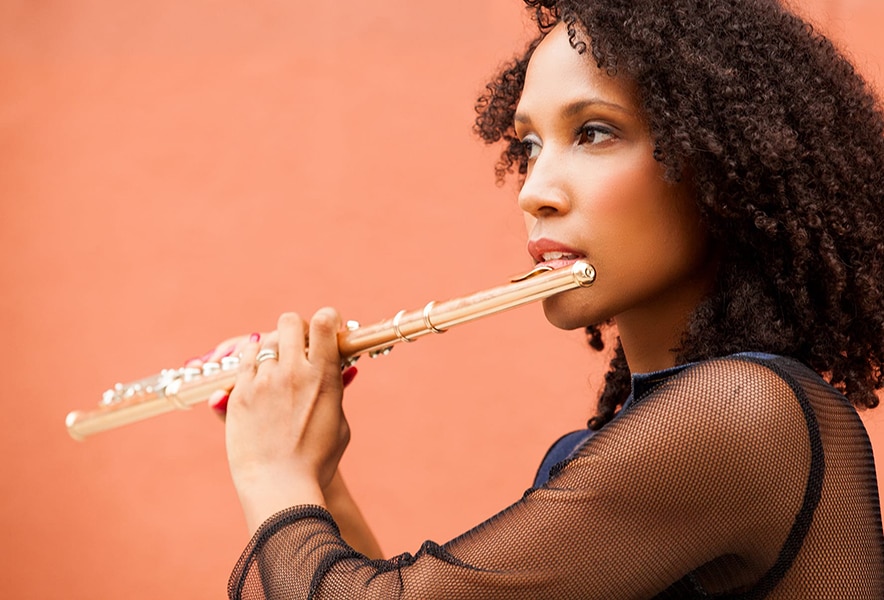

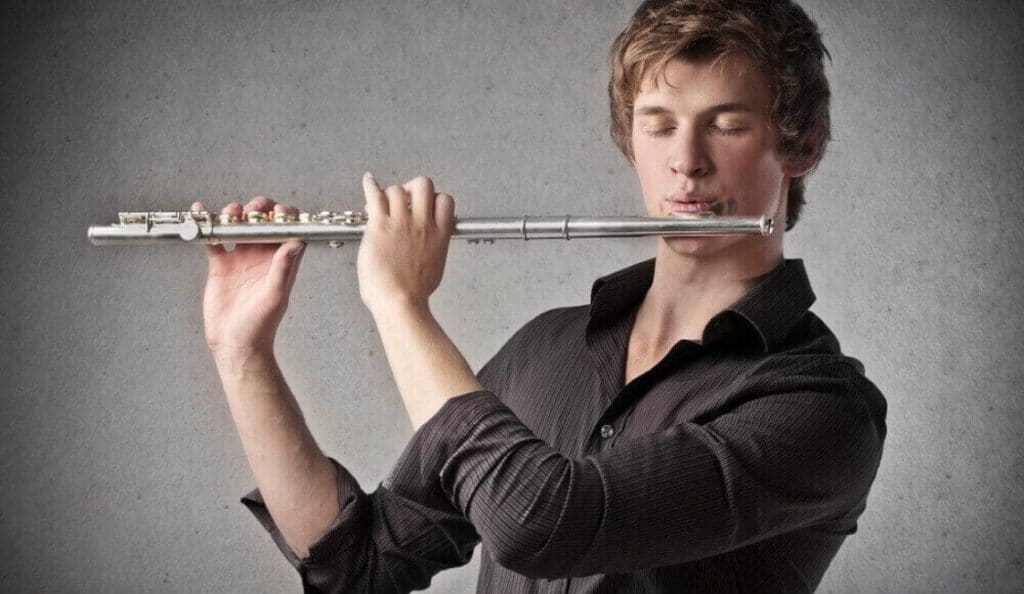
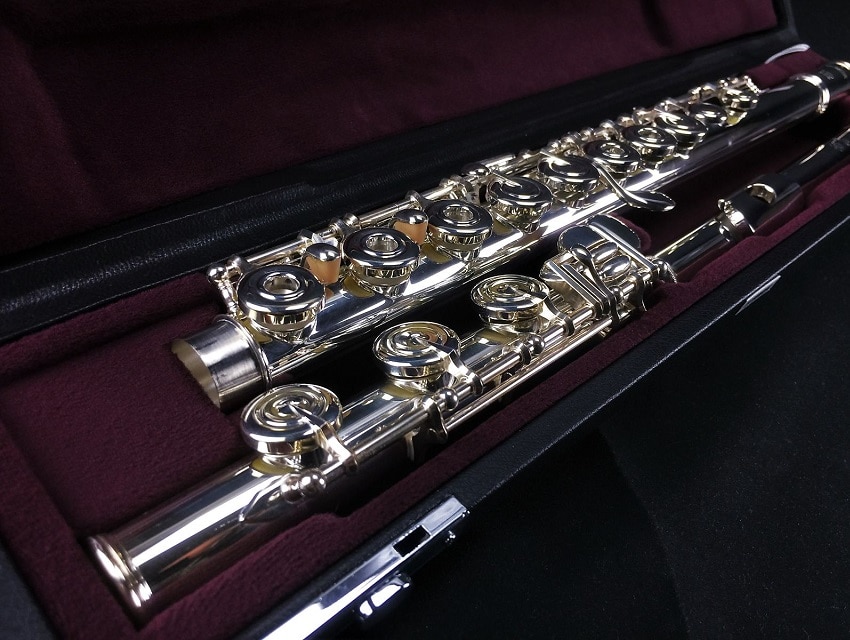

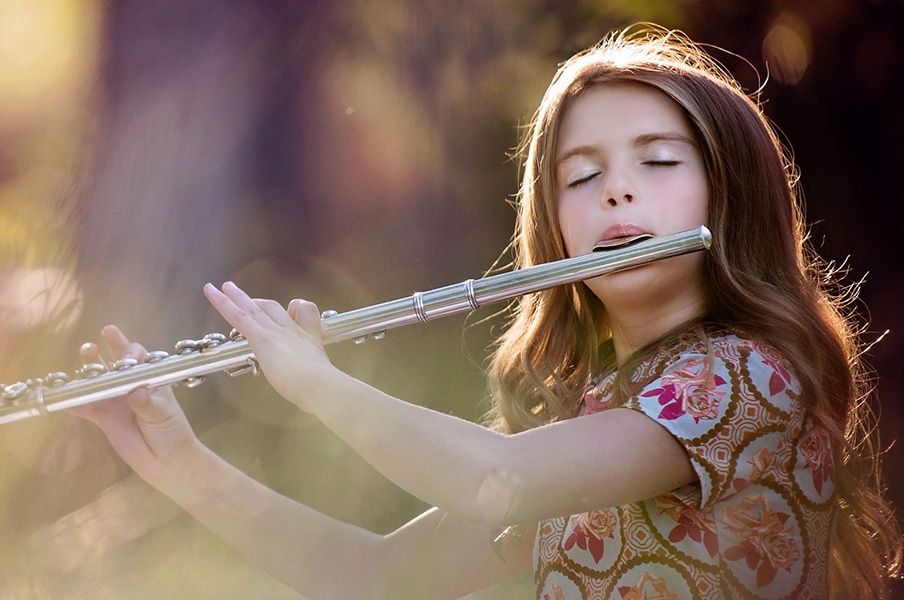
I’ve been playing the concert flute for a while, but I didn’t know much about the other types. It’s interesting to learn about the Piccolo and how it’s used to add melody to flute music. I might consider trying it out!
I play the alto flute in my school band and I love the mellow sound it produces. It can be a bit challenging to play, but it’s worth it for the unique sound it adds to our performances.
I never knew there were so many different types of flutes! It’s fascinating to learn about their history and the unique sounds they produce. I wonder what the difference is between a wooden flute and a plastic flute in terms of sound quality.